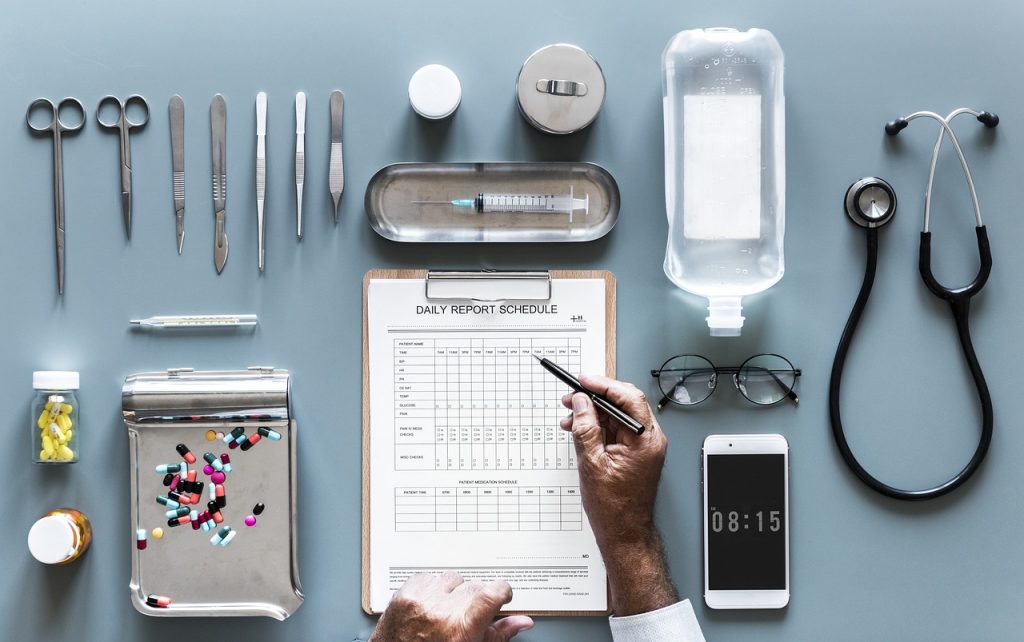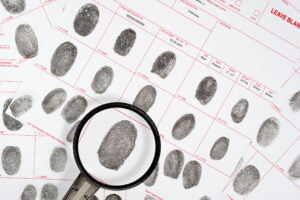There’s a long history of medical discoveries that were at first ignored or mocked, only to be revered once the tools were perfected. The opposite is also true. Some inventions were lauded at their conception then banned after the realization they didn’t work. As technology makes life easier and longer, the hardware and software journey itself gets more interesting and requires more effort on the part of those that create it. Innovations in medicine don’t always mean something groundbreaking has been discovered, though. A simple tweak or return to basics can make all the difference in treating a patient. It can also mean the difference between life and death, or an extended life span. With such high stakes, every new method or gadget has to be looked at and tested carefully.
The process
Creating a medical device that can help a large portion of the population is sometimes as simple as making a mistake and going with it. Most often, though, there is a need and a person or group of people working to meet that need. In the past, patients could be used as test subjects by the individual who developed the device, but now in the United States, the Food and Drug Administration works to make sure every new treatment has been tested and is safe before it hits the market.
An extensive amount of research will need to be done to determine the classification of your device. It’s important to know ahead of time what class you’ll fall into, as some require more testing, and thus more work, than others. There are three different classes, and the last two will require significant testing, while the first won’t need a pre-market review as those are generally considered the lowest risk. Once you’ve figured out what your invention’s class is, you’ll need to create your prototype. This will eventually be shown to the FDA as your starting point and used in laboratory trials.
You’ll then need to submit your applications for approval. This can only be done once you’ve received FDA verification and validation. If you’ve gotten both and your applications are given the go-ahead, you’ll now be able to distribute your invention and begin helping people. Keep in mind, however, that the process is never really over, as you’ll need to stay in constant compliance with the FDA over your devices lifespan, lest you lose your approval.
Devices that are changing the world
The stethoscope and the catheter are important tools that were at one point the height of cutting-edge technology. Now our needs are a little more intense and require technical knowledge that couldn’t have even been dreamt of just a few generations ago. Ezra inc. has created a less invasive MRI that scans either the body as a whole or specific places to check for cancers. It can be ordered without a doctor, and is offered at a lower price than other scans. This can help people to detect cancer earlier, a factor that could mean the difference between life and death for some.
Another benefit to medical innovations is that truly brilliant inventions can create consciousness about a disease that wasn’t there previously. Myocarditis awareness has been spurred on because of the advances in medical apparatuses. Myocarditis is a condition that affects the heart. It’s caused by a viral infection that creates inflammation in the heart muscle, and is found by an electrocardiogram or chest x-rays.
Without these inventions, which were at first seen as magical and unbelievable, people would die unsuspectedly. But with technology and proper testing, there’s not only a way to diagnose them, but there are proven ways to treat and cure them.





